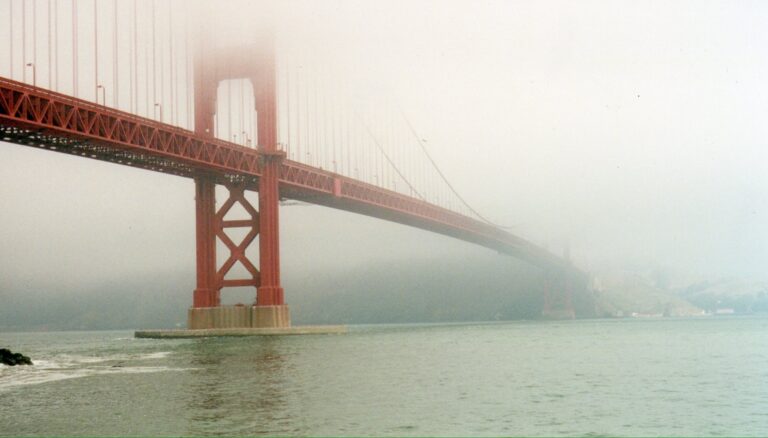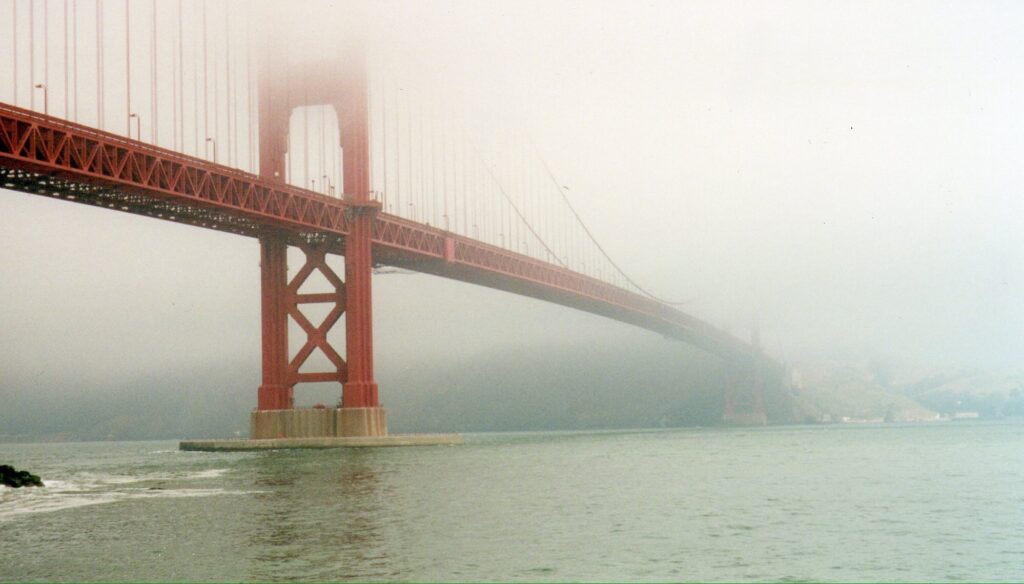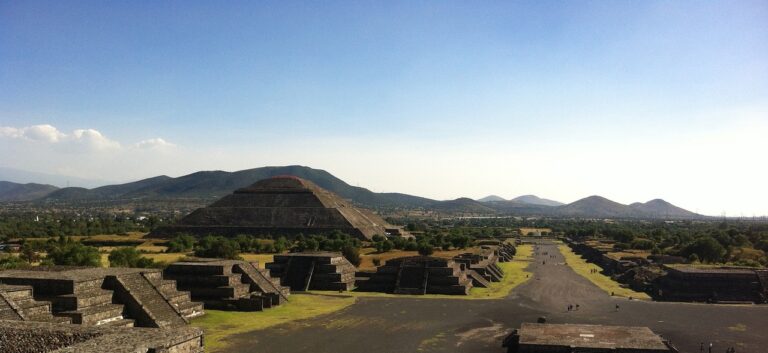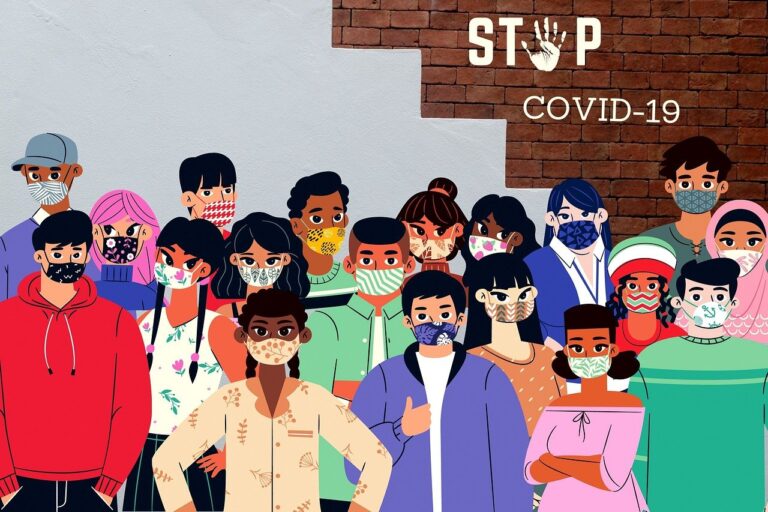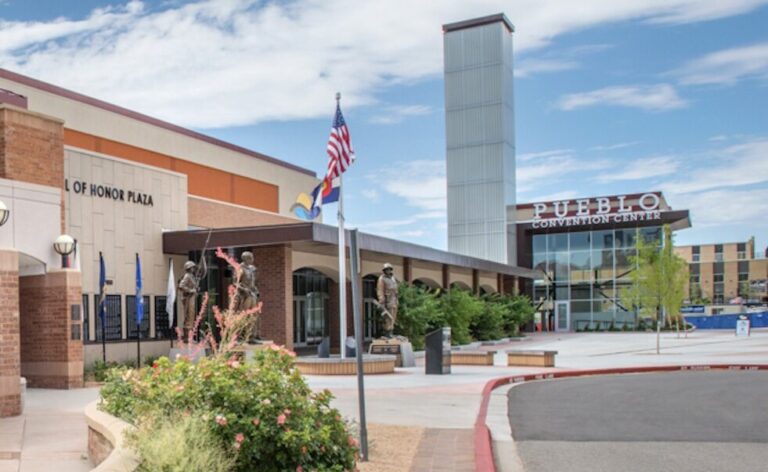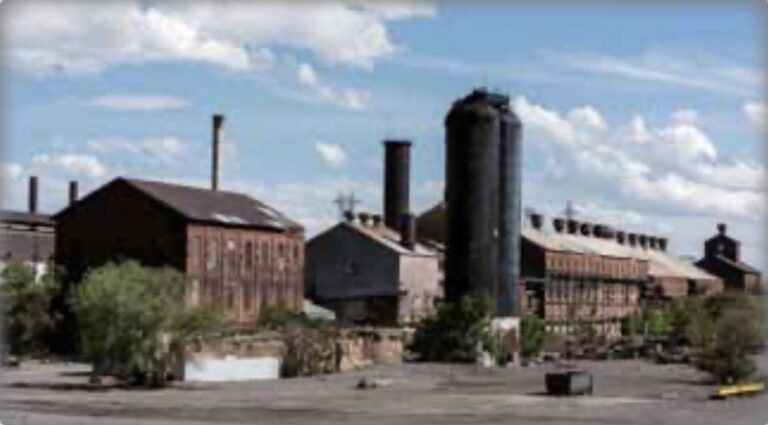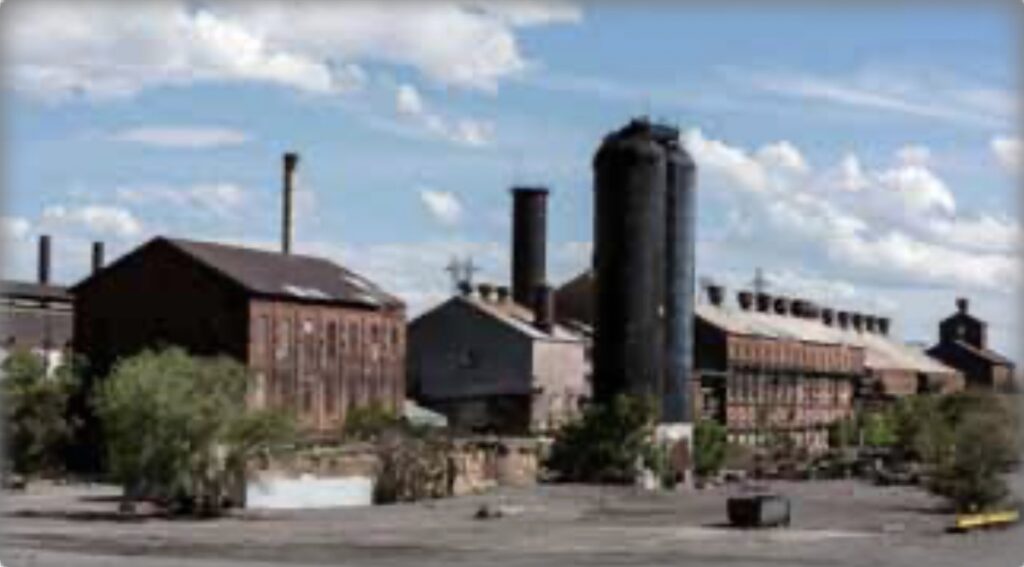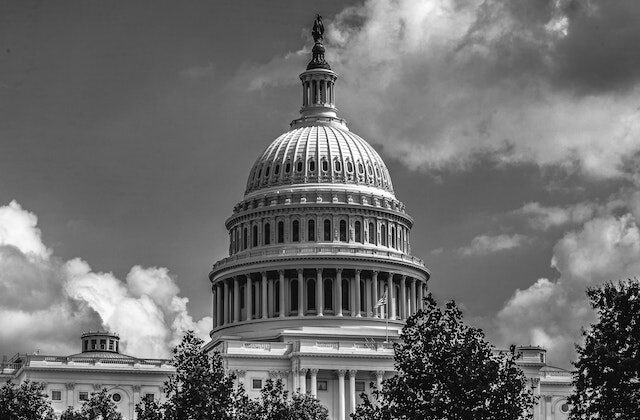If you ask for a single reason to visit Cañon City, southern Colorado’s off the beaten path hamlet, don’t ask a local and especially don’t ask the town’s Mayor, Ashley Smith, unless you have a lot of time on your hands. For starters, the Mayor will tell you that Cañon City is celebrating its sesquicentennial, 150 years as a town and it doesn’t stop there. As you might expect, Smith is the town’s biggest booster.
Fremont County and Cañon City, the county seat, are nearly dead center in Colorado and home to just under 50,000 countywide residents. The region’s first White settlers arrived in early 1858 after gold was discovered just north of where the city lies today. But it wasn’t until 1862 when oil was discovered just north of the city’s boundaries that the town incorporated and began to grow.
The first well drilled in the region also became the first commercial well west of the Mississippi River. But any dreams of it becoming an oil boom town faded over time. But while the town didn’t become an oil patch, it became something else and something so much better.
The town of Cañon City, despite a population nearing 20,000, might easily be described as a bedroom community, nearly equidistant from Pueblo to the east and Colorado Springs to the north and east. Both sit approximately 40 miles away.
“We’re a small town,” said Smith, before adding that it’s also a town with both charm and authenticity. She describes it as a place where “everybody waves at you when you pass ’em on the street.’ She sells the town as something akin to ‘Mayberry at the foot of the mountains.’
Cañon City is approximately 120 miles southwest of Denver and an easy a drive in good weather. While there are other routes to take, most drivers take I-25 to Colorado Springs before cutting off to state highway 119 and on to Penrose. From there, it’s an easy twelve miles to the west before arriving.
Once there, you might hit one of the town’s many seasonal celebrations or take in one of a handful of what Smith might call Cañon City’s ‘must see’ tourist attractions. And there are a bunch.

In warm weather months, there’s the Royal Gorge and the country’s highest suspension bridge. Or, said the Mayor, you can ride the train that runs beneath it and parallel to the Arkansas River which, according to Smith, is the “most rafted river in the country”. Not for you? Then, she suggests a visit to the Territorial Prison Museum, a facility that traces the history of the state’s and town’s famous or infamous prison legacy. And, though, the town is rich in prison lore—it either houses “nine or ten” correctional facilities, said Smith, Cañon City is so much more than prisons. Nonetheless, Smith is not afraid to drop a little prison minutiae when the time is right and, during the interview, did drop this nugget: Colorado’s prisons not only make all of Colorado’s license plates, “they make them for the whole country.”
But, not unlike a butterfly, Cañon City is emerging from a cocoon. Its downtown, said Smith, is slowly undergoing something of a minor renaissance. The once abandoned Hotel St. Cloud, a hotel that is on the national registry for historic places, has been bought and transformed into “a boutique hotel and high end experience,” the Mayor said. Smith also recommended a visit to the town’s Fremont Center for the Arts or a visit to the Gibson Mansion. Also, if you’re hungry, there are also a few restaurants that have recently opened, including an Indian restaurant, Nirvana, “that rivals any big city restaurant,” she said.
One thing that may surprise, even shock, about Cañon City is that “71 percent of our community commutes outside the city” for jobs, said Smith. A good portion of the town’s workforce holds jobs in high tech. A lot of workers commute to high tech jobs in Colorado Springs, she said. A lot of others stick around town and telecommute to work, “renting office space with everything you would need for your profession.”
Weatherwise, there may not be a more predictable place in Colorado to visit. Despite an elevation that exceeds Denver’s 5,280 feet, the town claims to be ‘the climate capital of Colorado.’ Sitting at 5,300 feet, it’s earned the nickname for its warm winter temperatures and temperate spring and fall readings.
The town officially celebrates is 150th birthday on April 2nd. Part of the celebration will be the unveiling of “a new ‘C,’ for Cañon City, one that will be lit up every night of the year. The idea of two ‘C’s,’ said Smith, was abandoned because it might appear too blurry.





